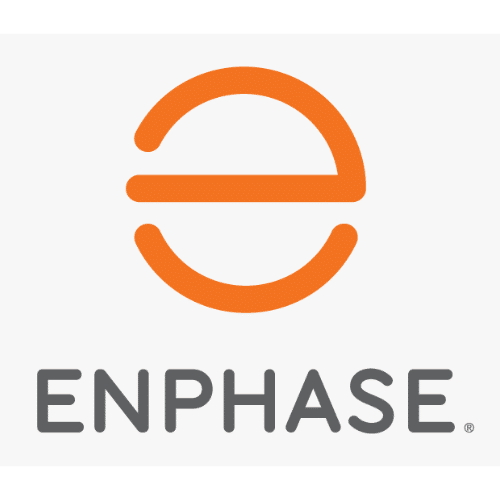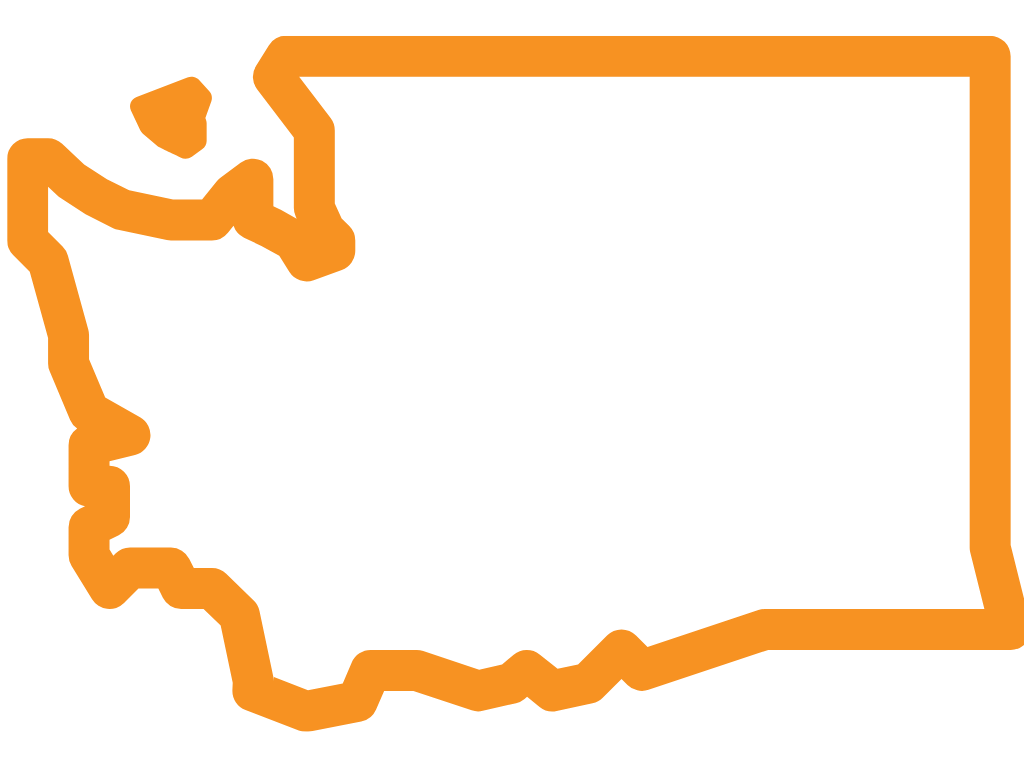2024 Oregon Solar Costs
Solar energy systems are becoming more and more affordable every year as technology advances and the nation makes the critical shift to sustainable energy sources. But, have you ever wondered what the Oregon solar panel cost? Of course you have, that is why you are reading this now!
At Sunbridge Solar, we want you to feel prepared and equipped with all the essential knowledge you need to make an informed decision about going solar. So, let’s look at some numbers.
How Much Do Solar Panels Cost in Oregon?
First of all, it’s important to keep in mind that the cost of the solar panels in Oregon themselves is only part of the equation when it comes to installing a home solar energy system – there is additional equipment involved, permitting fees, installation costs, and so forth to consider as well.
That’s why solar panel costs are generally given in a cost-per-watt format as opposed to the retail price of the panel. This cost-per-watt takes into account all of the factors of the installation to find a gross average cost, which is then divided by the number of watts in the system.
With that said, the average cost of solar in Oregon is between $2.19 and $2.97 per watt, which is on par with the national average price of $2.64 per watt. A typical home solar energy system is usually around 5 kW (5,000 watts), which gives an average total cost ranging from $10,950 to $14,850. With the various state and federal incentives available in Oregon, this average price can easily be reduced by over $3,000.
The average payback period for solar energy systems in Oregon is 11.37 years, which means that in under 12 years, the owner will have saved as much money on electricity bills as they spent on the system itself. This leaves another roughly 10-20 years after the system has paid itself off wherein the owner can simply reap the benefits of extremely low energy bills.
Average Cost to Install Solar System In Oregon By Size
Naturally, the average cost per watt varies a bit depending on the size of the system in question, since the additional equipment needed and installation costs vary as well. Here’s how the average costs vary based on the size of the system, using some common household solar energy system sizes:
System Size | Average Cost per Watt | Average Total System Cost |
|---|---|---|
4 kW | $2.74 | $10,960 |
5 kW | $2.62 | $13,100 |
6 kW | $2.50 | $15,000 |
7 kW | $2.48 | $17,360 |
8 kW | $2.50 | $20,000 |
9 kW | $2.42 | $21,7180 |
10 kW | $2.40 | $24,000 |
Keep in mind that these average costs are not including incentives, which can reduce the total cost by thousands of dollars.
Factors Behind the Costs
There many factors that can impact the overall cost of installing solar in Oregon. Let’s look at the most common ones:
The Location of Your Home
The location of your home within the state of Oregon dictates the price in several ways. First, it affects how much sunlight your solar panels will receive – ie generally more sun on the eastern side of the state, while the west side and Cascade region will have less sun and more potential shading. The less sunlight that is available, the more solar panels you will need to install in order to successfully power your home.
Additionally, your location impacts the overall price in terms of competition between installation companies, demand, cost of business overheads, varying market prices, and so forth. Installation costs can also vary significantly based on your location – if you live in a remote location, the cost will generally be higher than if you live in an easily reachable urban area.
Now for some good news! Oregon has some of the best solar incentives of all the states, and these state incentives can be combined with federal and local incentives to reduce the cost of installing a solar energy system in Oregon by several thousand dollars. Our specialists at Sunbridge Solar will be happy to help you find and take advantage of every incentive that applies to you.
How Much Electricity Is Needed to Power Your Home
Another big factor is how much electricity you currently use in your home. This is a critical metric for determining the most suitable size of solar energy system. You can determine your average monthly electricity usage by checking your utility bill at the end of the year and dividing that amount by 12.
Some homeowners can get by with smaller systems to offset most of their electricity costs, but if you have a pool or hot tub, air conditioning, EV charger, or any other items that draw significant amounts of power, you will need to scale up your system.
Quality of Solar Equipment
As with nearly everything, there are different calibers and so-called name-brand solar panels, inverters, and other solar equipment. Using high-end equipment can increase the system price by $5,000 or more. Of course, the equipment you choose is up to you, but our team of experts at Sunbridge Solar can work with you to find the best products for your specific needs and budget.
Higher solar equipment includes:
More affordable solar equipment includes:
Roof Material, Age, and Orientation
If your roof is nearing replacement age (ie if it’s more than 10-15 years old), it’s advisable to replace the roof before installing solar panels so as to avoid the additional difficulty and expense of later having to remove the panels temporarily to replace the roof. Also, some roof surfaces are less optimal for solar installations in Oregon, such as clay tile and wooden shingles which are both prone to damage.
But, if your tile roof is brand new, you can always replace only the section that will hold the solar panels, which will ultimately be hidden from view anyways. Roof orientation also matters – the best possible scenario is a large, sloped, south-facing roof surface that is not shaded by trees, buildings, or anything else.
If your roof isn’t suitable for installing solar panels, it can add quite a significant expense.
Battery backup systems allow you to store energy from your solar panels, which can then be used in the event of a grid outage to tide you over until power has been restored. While this capability can be great to have, adding a battery backup system can set you back anywhere from $11,000 to $21,000 on top of the cost of your solar energy system.
Battery Brands We Provide
Because not all energy problems require the same out-of-the-box solution, we offer a wide range of batteries that in order to solve the unique challenges you may face.
Not-So-Regular Maintenance
Fortunately, solar energy systems do not require much maintenance. In general, a once-a-year cleaning and inspection should be about all you need to do unless part of your system gets damaged or proves defective and needs to be replaced or repaired.
Solar is certainly worth it in Oregon. The long, sunny summer days will have your solar energy system producing heaps of energy, and the temperatures generally aren’t so warm that they will significantly adversely affect the energy production rate of your panels.
Read More: Is Solar Worth It In Portland, OR?
Have Power During Emergencies
If you do choose to add a battery backup system to your solar energy system, you can rest assured knowing that if the grid power does go out, you will still have some electricity stored away. However, it’s important to note that grid-tied solar energy systems will be disabled when the grid goes down, so as to not injure repair workers.
This means that when the power is cut off, you will be limited to whatever energy is stored in your battery system at that time, and unless you can temporarily disconnect from the grid completely (some battery systems have this feature), your solar panels will not be able to generate more energy for you.
A Great Financial Payback
Solar energy systems have a better rate of return than many other common investments, such as the stock market and property investments. Essentially, solar energy is the gift that keeps on giving, because the system will pay itself off in the form of utility bill savings in relatively short order.
And after that you can reap the benefits for the remainder of the solar energy system’s lifespan, which can often be up to 30 years. It can even make you money, if you sell excess energy back to the grid with net metering.
Investing in solar energy is very low-risk and high-reward, both in terms for you financially as well as for the planet’s sake. Many states now have public goals to reach 100% renewable within the next 30 years, and by going solar now, you will be leading the charge for environmental salvation.
Go Solar in Oregon Today!
Contact our experts at Sunbridge Solar today to get started on your solar journey with a free consultation and project quote. We will be more than happy to answer any questions you may have and help you determine if your home is suitable for solar energy.




